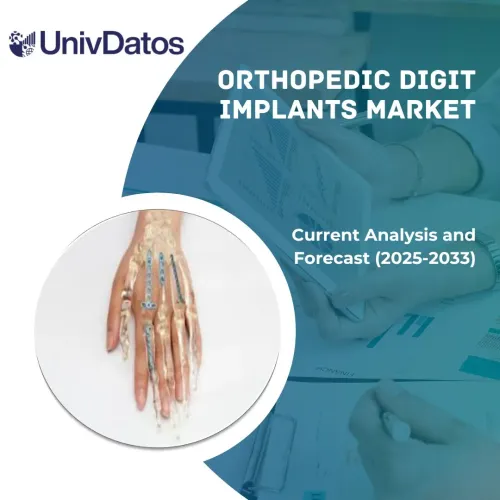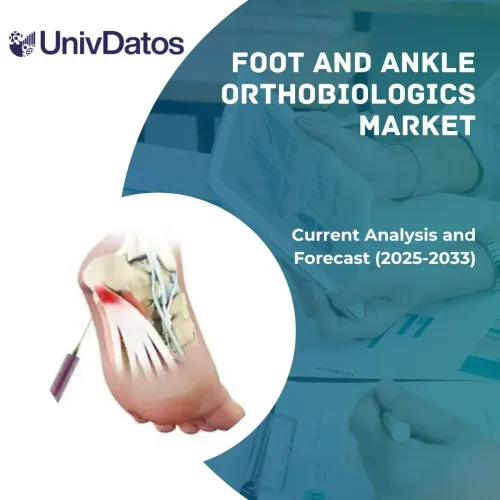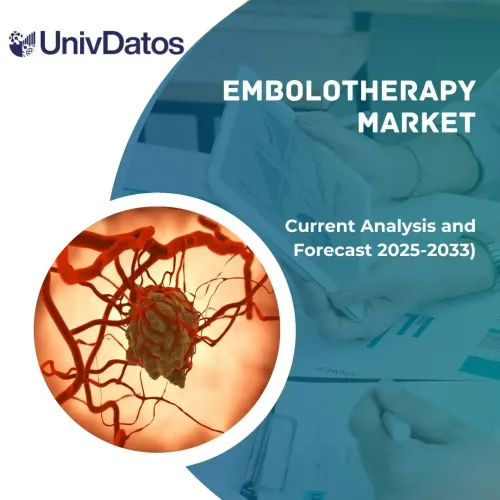- Home
- About Us
- Industry
- Services
- Reading
- Contact Us
Cardiac Monitoring Market: Current Analysis and Forecast (2021-2027)
Emphasis by Type (ECG Monitor, Event Recorder, Implantable Cardiac Loop Recorder, Pacemaker, Defibrillator, Cardiac Resynchronization Therapy (CRT) Devices, Smart Wearable, Other); End-User (Hospitals & Clinics, Ambulatory Surgery Centers (ASC), Home Care Settings, Others); and Region/Country
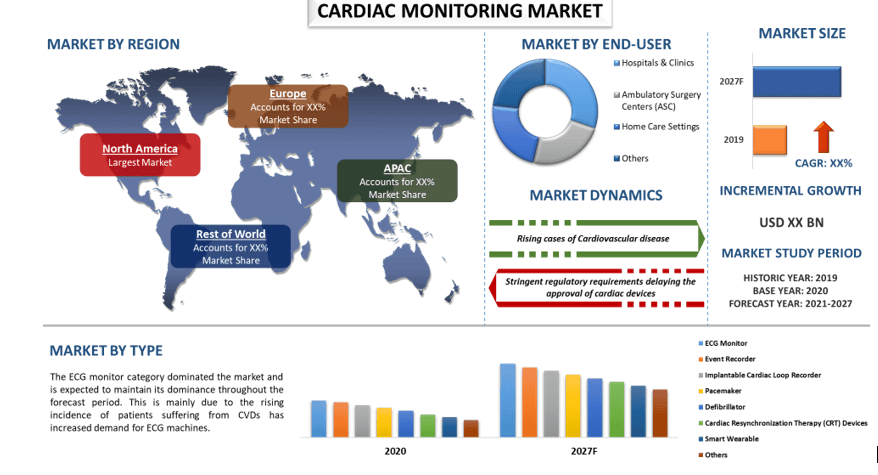
The global cardiac monitoring market is expected to witness a CAGR of around ~6% during the forecast period (2021–2027). Cardiac monitoring is a process in which a device records a patient’s heart rate and rhythm and shows the electrical waveforms of the cardiovascular system for measurement and treatment. Furthermore, the market is expected to witness a significant during the forecast period owing to the rising cardiovascular diseases, heart arrhythmia, coronary heart diseases, and the growth of the geriatric population. For instance, according to the World Population Ageing Report 2019 by United Nations (UN), In 2019, there were 703 million persons aged 65 years or over in the global population. This number is projected to double to 1.5 billion in 2050. In addition, obesity, unhealthy diet, diabetes, and hypertension contributes directly to increased risk of cardiovascular diseases.
Additionally, as cardiac monitoring devices are used to monitor all activity of the patient’s heart. Therefore, increasing the prevalence of heart diseases worldwide is expected to drive the market for cardiac monitoring devices during the forecast period. According to the American Heart Association, nearly half of adults in the U.S. have some type of CVD. By 2035, it is projected that more than 135 million adults, or 45.1% of the U.S. population are projected to have some form of CVD.
Medtronic PLC, Abbott Laboratories, Boston Scientific Corporation, GE Healthcare, Biotronik, Livanova, Schiller, Biotelemetry, Applied Cardiac System, and Hill-Rom Services are some of the key players in the market. Several M&As along with partnerships have been undertaken by these players to facilitate customers with hi-tech and innovative products/technologies.
COVID-19 has posed challenges for physicians whose cardiac patients are at-risk and reluctant to schedule an office visit has led to an increase in the preference for remote monitoring of patients with cardiovascular conditions. This shift has been adopted with a view to reduce the chances of infections due to frequent hospital and clinic visits. Various studies suggested that even a mild case of COVID-19 can increase a person’s risk of cardiovascular problems. Thus, it became important to regularly monitor the patients for any risk of cardiovascular diseases. This supported the demand for cardic monitoring devices during the pandemic and expected to witness the steady rise during the forecast period.
Insights Presented in the Report
“Amongst Type, ECG monitors category to witness the fastest growth during the forecast period”
Based on type the market is classified into ECG monitor, event recorder, implantable cardiac loop recorder, pacemaker, defibrillator, cardiac resynchronization therapy (CRT) devices, smart wearable, and others. Amongst them, in 2020, the ECG monitor category dominated the market and is expected to maintain its dominance throughout the forecast period. This is mainly due to the rising incidence of cardiovascular diseases, obesity, coronary heart diseases, geriatric population, and heart arrhythmias, among others. Further, ECG monitors are used for tests to help diagnose and monitor conditions affecting the heart. It can be used to investigate symptoms of a possible heart problem to the patient. According to the Campbell County Health and other publications, there are about 3 million people worldwide with pacemakers, and each year 600,000 pacemakers are implanted.
“Amongst End-User, Hospitals and Clinics category is expected to witness significant growth in the cardiac monitoring market”
Based on end-user, the market is bifurcated into hospitals and clinics, ambulatory surgery centers (ASC), home care settings, and others. In 2020, the hospitals and clinics category accounted for the majority share during the forecast period. This can be ascribed to the fact that hospitals and clinics are the first step in disease diagnosis. In addition, the growth of this market segment includes increased incidences of heart diseases, growth in the geriatric population, and an increment in the number of people undergoing surgical procedures. Additionally, obesity and overweight are major reasons for complications of heart disease. According to the World health organization (WHO), In 2016, more than 1.9 billion adults, 18 years and older, were overweight. Of these over 650 million were obese. 39% of adults aged 18 years and over were overweight in 2016, and 13% were obese. Furthermore, 39 million children under the age of 5 were overweight or obese in 2020. Furthermore, the government across countries is investing in the healthcare industry for advancements and technological upgradation. Moreover, rising patient footfall in hospitals owing to ease of accessibility to most healthcare services at one place is likely to boost the segment growth.
“North America to witness significant growth during the forecast period”
For a better understanding of the market adoption of the Cardiac monitoring industry, the market is analyzed based on its worldwide presence in the countries such as North America (U.S., Canada, Rest of North America); Europe (Germany, United Kingdom, France, Spain, Italy, Rest of Europe); Asia-Pacific (China, Japan, India, Australia, South Korea, Rest of Asia-Pacific); and the Rest of World. In 2020. North America held an extensive market share owing to the increasing prevalence of chronic diseases such as heart diseases, and CVDs coupled with the rising geriatric population in the region. According to the US Census Bureau analysis, the elderly population is expected to nearly double in the next 25 years. In addition, according to World Population Ageing, in 2019, the elderly population of North America was 59.9 million which is expected to reach 96.2 million by 2050.
Reasons to buy this report:
- The study includes market sizing and forecasting analysis validated by authenticated key industry experts.
- The report presents a quick review of overall industry performance at one glance.
- The report covers an in-depth analysis of prominent industry peers with a primary focus on key business financials, product portfolios, expansion strategies, and recent developments.
- Detailed examination of drivers, restraints, key trends, and opportunities prevailing in the industry.
- The study comprehensively covers the market across different segments.
- Deep dive regional level analysis of the industry.
Customization Options:
The cardiac monitoring market can further be customized as per the requirement or any other market segment. Besides this, UMI understands that you may have your own business needs, hence feel free to connect with us to get a report that completely suits your requirements.
Table of Content
Analyzing the historical market, estimation of the current market, and forecasting the future market of the cardiac monitoring market were the three major steps undertaken to create and analyze the adoption of cardiac monitoring in major regions globally. Exhaustive secondary research was conducted to collect the historical market numbers and estimate the current market size. Secondly, to validate these insights, numerous findings and assumptions were taken into consideration. Moreover, exhaustive primary interviews were also conducted, with industry experts across the value chain of the cardiac monitoring market. Post assumption and validation of market numbers through primary interviews, we employed a top-down/bottom-up approach to forecasting the complete market size. Thereafter, market breakdown and data triangulation methods were adopted to estimate and analyze the market size of segments and sub-segments of the industry pertains to. Detailed methodology is explained below:
Seek More Details About Research Methodology
Analysis of Historical Market Size
Step 1: In-Depth Study of Secondary Sources:
Detail secondary study was conducted to obtain the historical market size of the cardiac monitoring market through company internal sources such as annual reports & financial statements, performance presentations, press releases, etc., and external sources including journals, news & articles, government publications, competitor publications, sector reports, third-party database, and other credible publications.
Step 2: Market Segmentation:
After obtaining the historical market size of the cardiac monitoring market, we conducted a detailed secondary analysis to gather historical market insights and share for different segments & sub-segments for major regions. Major segments are included in the report as type and end-user. Further country-level analyses were conducted to evaluate the overall adoption of testing models in that region.
Step 3: Factor Analysis:
After acquiring the historical market size of different segments and sub-segments, we conducted a detailed factor analysis to estimate the current market size of the cardiac monitoring market. Further, we conducted factor analysis using dependent and independent variables such as various applications, equipment, and power rating of cardiac monitoring equipment. A thorough analysis was conducted for demand and supply-side scenarios considering top partnerships, mergers and acquisitions, business expansion, and product launches in the Cardiac monitoring market sector across the globe.
Current Market Size Estimate & Forecast
Current Market Sizing: Based on actionable insights from the above 3 steps, we arrived at the current market size, key players in the cardiac monitoring market, and market shares of the segments. All the required percentage shares split, and market breakdowns were determined using the above-mentioned secondary approach and were verified through primary interviews.
Estimation & Forecasting: For market estimation and forecast, weights were assigned to different factors including drivers & trends, restraints, and opportunities available for the stakeholders. After analyzing these factors, relevant forecasting techniques i.e., the top-down/bottom-up approach were applied to arrive at the market forecast about 2027 for different segments and sub-segments across the major markets globally. The research methodology adopted to estimate the market size encompasses:
- The industry’s market size, in terms of revenue (USD) and the adoption rate of cardiac monitoring market across the major markets domestically
- All percentage shares, splits, and breakdowns of market segments and sub-segments
- Key players in the cardiac monitoring market in terms of solutions offered. Also, the growth strategies adopted by these players to compete in the fast-growing market
Market Size and Share Validation
Primary Research: In-depth interviews were conducted with the Key Opinion Leaders (KOLs) including Top Level Executives (CXO/VPs, Sales Head, Marketing Head, Operational Head, and Regional Head, Country Head, etc.) across major regions. Primary research findings were then summarized, and statistical analysis was performed to prove the stated hypothesis. Inputs from primary research were consolidated with secondary findings, hence turning information into actionable insights.
Split of Primary Participants in Different Regions
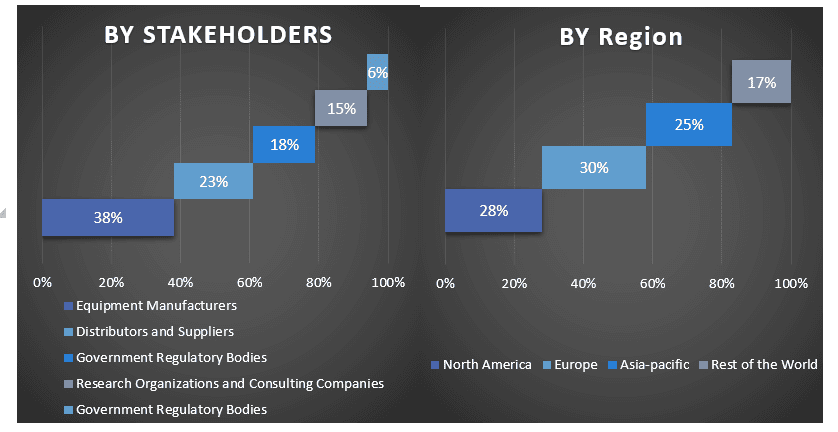
Market Engineering
Data triangulation technique was employed to complete the overall market estimation and to arrive at precise statistical numbers of each segment and sub-segment of the cardiac monitoring market. Data was split into several segments & sub-segments post studying various parameters and trends in the areas of type and end-user in the cardiac monitoring market.
The main objective of the cardiac monitoring Market Study
The current & future market trends of the cardiac monitoring market were pinpointed in the study. Investors can gain strategic insights to base their discretion for investments from the qualitative and quantitative analysis performed in the study. Current and future market trends were determined the overall attractiveness of the market at a regional level, providing a platform for the industrial participant to exploit the untapped market to benefit as a first-mover advantage. Other quantitative goals of the studies include:
- Analyze the current and forecast market size of the cardiac monitoring market in terms of value (USD). Also, analyze the current and forecast market size of different segments and sub-segments
- Segments in the study include areas of type and end-user.
- Define and analysis of the regulatory framework for the cardiac monitoring market industry.
- Analyze the value chain involved with the presence of various intermediaries, along with analyzing customer and competitor behaviors of the industry.
- Analyze the current and forecast market size of the cardiac monitoring market for the major region.
- Major countries of regions studied in the report include Asia Pacific, Europe, North America, and Rest of the world.
- Company profiles of the cardiac monitoring market and the growth strategies adopted by the market players to sustain in the fast-growing market
- Deep dive regional level analysis of the industry
Related Reports
Customers who bought this item also bought





